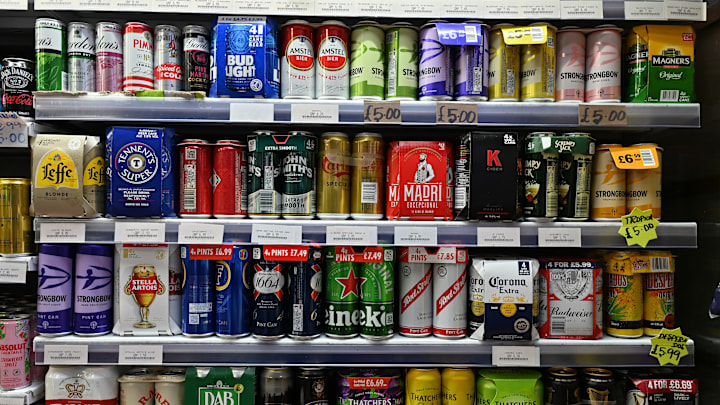Clearing the fog on hazy, New England, and cloudy brews
In the ever-expanding universe of craft beers, where hop enthusiasts and malt mavens vie for the latest and greatest, a particular star system draws a crowd—India Pale Ales, or IPAs. Not just any IPAs, though. I’m talking about those that look like they could forecast a thunderstorm if you stared long enough: Hazy IPAs, New England Hazy IPAs, and Cloudy IPAs. What’s the difference, you ask? Pour yourself a glass, and let’s dive into the frothy depths.
The IPA identity crisis
To begin, let's start with a basic understanding of what an IPA is. Developed in the 18th century, the IPA was created as a hoppy solution to prevent beer from spoiling during the long sea voyage from England to India. Nowadays, it's more about flavor than survival—featuring big, bold, and often bitter flavors, with hops taking center stage.
Enter the haze. Once upon a time, clarity in beer was considered a sign of quality and skill, indicating the absence of unwanted microbial contaminants. However, modern brewing has abandoned this idea. This trend has given rise to Hazy IPAs, Cloudy IPAs, and New England Hazy IPAs. Despite sounding similar, each type of beer has its own unique characteristics.
Hazy IPAs: the misty middle ground
Hazy IPAs are the trendy, somewhat unclear relative in the IPA family. Their defining characteristic is their cloudy appearance, which can range from slightly hazy to completely murky. However, this isn't just for looks. The haze is typically achieved through a mix of high-protein grains like oats or wheat, yeast that doesn't settle well, and a hop-bombing technique called dry hopping. This involves adding hops late in the brewing process or during fermentation, which maximizes flavor and aroma while minimizing bitterness.
The result? A beer that’s juicier, less bitter than its traditional counterparts, and as approachable as a golden retriever at a park. Think of it as the craft beer world’s version of a cloud-covered sun—there, but softly veiled.
New England hazy IPAs: the juicy revolution
The New England Hazy IPA (NEIPA) is the epitome of the hazy beer trend, originating in the American Northeast. It greatly emphasizes haziness. If the Hazy IPA is like a foggy day, the NEIPA is like a very dense fog with extremely limited visibility. This style focuses on creating a creamy mouthfeel by using additional oats and wheat to create a smoother texture, along with intensified dry hopping.
NEIPAs often feature a specific type of hop that imparts fruity, tropical flavors—like mango, pineapple, and passion fruit—without the biting bitterness. It's like sipping on a hop-infused smoothie. These beers are a fruit basket of flavors, making them dangerously drinkable and a favorite among those who usually say, "I don't like IPAs."
Cloudy IPAs: brewing storm or just overcast?
Cloudy IPAs are often associated with hazy IPAs, but it's important to clarify that they are not always intentionally cloudy. Sometimes, the cloudiness is a result of rushed brewing processes or minimal filtration. This can result in a beer that's as unpredictable as spring weather. The flavor and texture can differ significantly, leaving some beer enthusiasts delighted by the complexity and others unsure whether they should return it.
Although a Cloudy IPA may not have the same deliberate intentionality behind its haze as a NEIPA, it's more reminiscent of a natural weather event than a carefully crafted aesthetic. However, that doesn't mean it can't be delicious. It's just a little more untamed, a bit more rebellious, and definitely a conversation starter.
The verdict in the visibility
So, there you have it—the misty waters of Hazy, New England, and Cloudy IPAs somewhat parted. Whether you prefer the intentional juice bomb of a NEIPA, the balanced murkiness of a Hazy IPA, or the wild card of a Cloudy IPA, there’s a pint of fog waiting to be appreciated. What’s crucial is understanding that these styles are less about seeing through the glass and more about tasting through the haze.
In the end, choosing between these styles is like choosing a favorite cloud in the sky: It might depend on the day, your mood, or how well you like your metaphors mixed. Just remember, every sip is an exploration, every pint a possibility. Cheers to the brewers who keep us guessing and the beer drinkers bold enough to venture into the fog.
